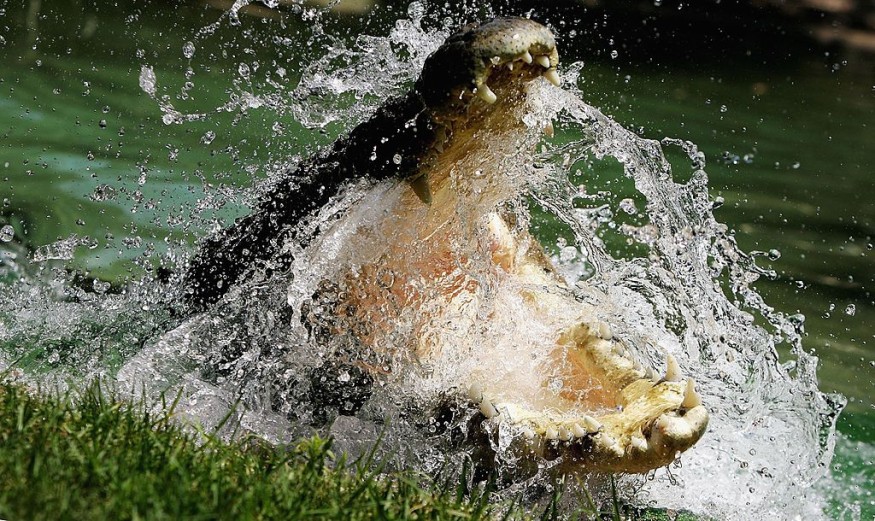As far as reptiles go, crocodiles are closely related to dinosaurs. Their fossil remains were in rocks from the early Jurassic period, around 200 million years old. Crocodiles are also one of the closest living things to dinosaurs, but just how big were crocodiles millions of years ago?
A giant prehistoric crocodile nicknamed the 'River Boss' roamed south-east Queensland's waterways up to five million years ago. This particular crocodile grew up to 23 feet long, and may have been the largest to have lived in Australia.
The Size of River Boss

Gunggamarandu maunala, whose name means 'River Boss' was formed from the languages of the First Nations and from the people where the fossil was first discovered. While Gunggamarandu came from the genus name, maunala came from the species name, meaning 'hole head'.
Jorgo Ristevski, a PhD candidate from UQ's school of biological sciences expressed that i was difficult to estimate the exact size of the crocodile, as researchers only found the back of the skull.
The prehistoric crocodile's skull alone is at least 31 inches (80cm) in length, according to researchers. This crocodile could have been even larger than a London bus. This suggests Gunggamarandu was on par with the largest Indo-Pacific crocs ever recorded.
"Since its initial discovery, the skull was kept safe in the collection of the Queensland Museum." Ristevski said.
Gunggamarandu belonged to a group of crocodylians called tomistomines, also known as 'false gharials'. Despite its discovery, the fossil skull of this crocodile remained a scientific mystery for more than a century. Ristevski insisted that the skull fragments are a piece of a much bigger puzzle.
"Today, there's only one living species of tomistomine, Tomistoma schlegelii, which is restricted to the Malay Peninsula and parts of Indonesia. With the exception of Antarctica, Australia was the only other continent without fossil evidence of tomistomines. But with the discovery of Gunggamarandu we can add Australia to the once inhabited by tomistomines - list" he said.
Crocodiles then vs Crocodiles Today
Crocodiles today look the same as they did 200 million years ago. Of all the reptiles alive today, crocodiles may be the least changed from their prehistoric forebears. They became their own species 55 million years ago, after evolving so much that it no longer resembled the species it evolved from.
Our crocodiles today evolved from an animal in the prehistoric period called a Phytosaur (plant reptile). They are very similar to the crocodiles we have today, except their nostrils were on the top of their heads, not on their snouts.
Many scientists believe that the reason why crocodiles haven't had to evolve much is because of their brilliant strategy in hunting their prey. Most crocodiles just wait for their prey to come to the water for a drink, and once the prey is caught off guard, snap goes the crocodile's mouth!
One of the largest reptiles existing today is the Saltwater crocodile, reaching lengths of more than 23 feet and weighing over 2,200 pounds. These formidable predators are more territorial and aggressive than freshwater crocodiles.
© 2025 NatureWorldNews.com All rights reserved. Do not reproduce without permission.





